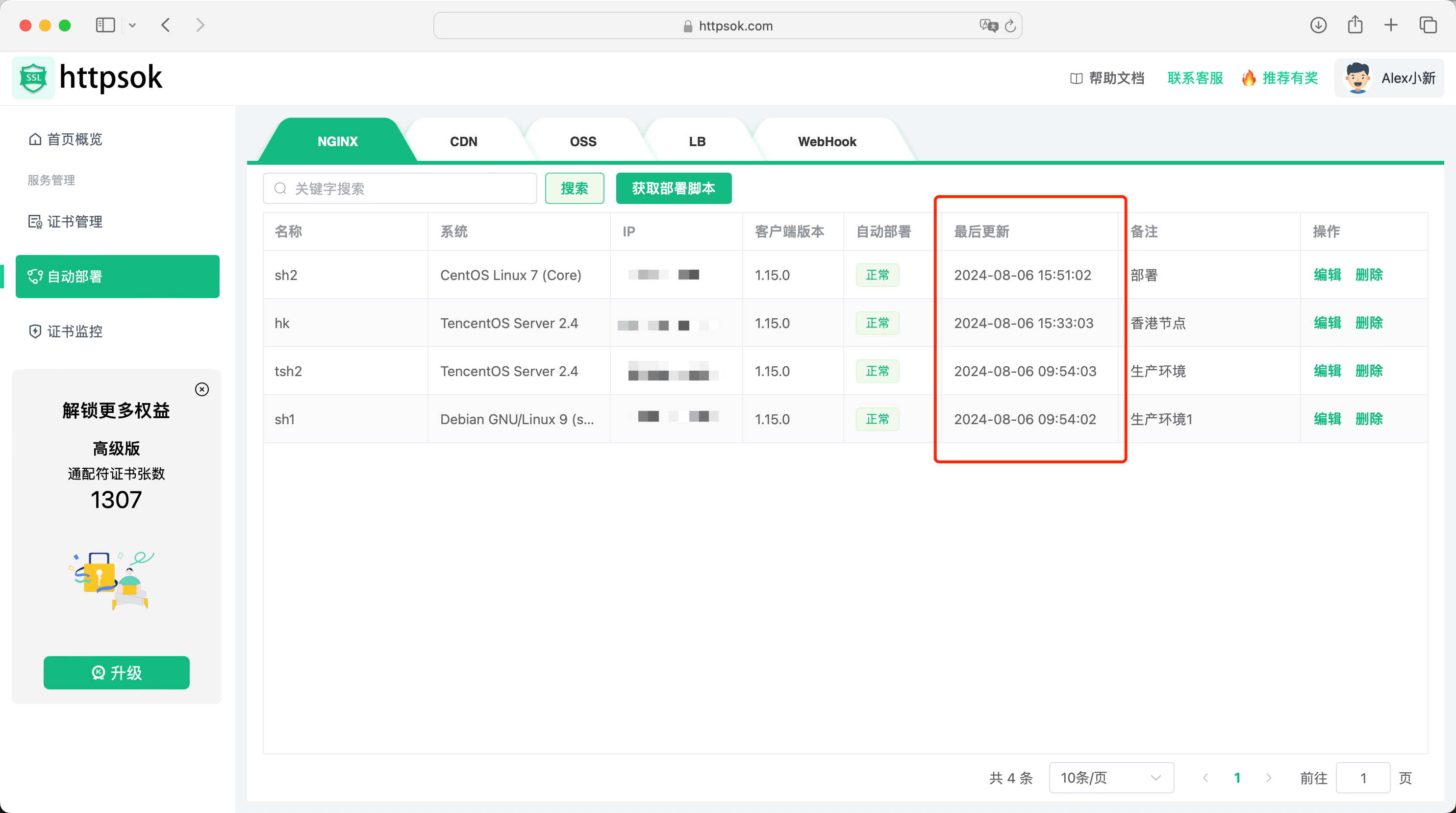本专栏栏目提供文章与程序复现思路,具体已有的论文与论文源程序可翻阅本博主免费的专栏栏目《论文与完整程序》
论文与完整源程序_电网论文源程序的博客-CSDN博客![]() https://blog.csdn.net/liang674027206/category_12531414.html
https://blog.csdn.net/liang674027206/category_12531414.html
电网论文源程序-CSDN博客电网论文源程序擅长文章解读,论文与完整源程序,等方面的知识,电网论文源程序关注python,机器学习,计算机视觉,深度学习,神经网络,数据挖掘领域.https://blog.csdn.net/LIANG674027206?type=download
这篇论文的核心内容是关于一种新型的综合能源系统(Integrated Energy Systems, IES)多元负荷预测方法的研究。该方法基于变分模态分解(Variational Modal Decomposition, VMD)和组合深度神经网络,旨在提高IES多元负荷预测的准确性。
主要贡献和方法包括:
-
变分模态分解(VMD):首先使用VMD对多元负荷数据进行分解,以降低原始负荷数据的非平稳性,从而提高预测的精度。
-
组合深度神经网络:结合时间卷积网络(Temporal Convolutional Network, TCN)和图卷积网络(Graph Convolutional Network, GCN)以及长短期记忆网络(Long Short-Term Memory, LSTM)来构建预测模型。其中,TCN用于提取多元数据的时间序列特征,GCN用于探索多元数据之间的耦合特征,LSTM用于捕捉多元数据的长期依赖性。
-
图学习层:引入图学习层来适应性地构建图的邻接矩阵,通过计算多元数据之间的相似度来确定耦合关系的强弱。
-
模型框架:构建了一个包含VMD、TCN、GCN、LSTM和全连接层的深度学习模型框架,用于综合能源系统的多元负荷预测。
-
案例分析:使用美国亚利桑那州立大学坦佩校区的IES系统作为案例,验证了所提方法的有效性和准确性。
-
评价指标:采用均方根误差(Root Mean Square Error, RMSE)、平均绝对百分比误差(Mean Absolute Percentage Error, MAPE)和加权平均绝对百分比误差(Weighted Mean Absolute Percentage Error, WMAPE)作为评价预测模型性能的指标。
研究结果表明:该方法在IES多元负荷的单步预测和多步预测中均具有较高的预测精度,能够有效地处理多元负荷数据的非平稳性和强耦合性。
这篇论文对IES多元负荷预测领域提供了新的研究思路和方法,对实现IES的经济运行和优化调度具有重要意义。

为了复现论文中提到的基于变分模态分解(VMD)和组合深度神经网络的综合能源系统多元负荷预测方法,我们需要按照以下步骤进行:
1. 数据准备
首先,需要收集和预处理用于训练和测试的数据集,包括电负荷、冷负荷、热负荷等时间序列数据,以及可能的影响因素如气温、风速等。
2. 数据预处理
对数据进行清洗、异常值处理、数据归一化等。
3. 变分模态分解(VMD)
使用VMD算法对多元负荷数据进行分解,获取相对平稳的子序列。
4. 构建模型
构建包含TCN、GCN和LSTM的深度学习模型。
5. 训练模型
使用处理好的数据训练模型。
6. 预测与评估
利用测试数据进行预测,并使用RMSE、MAPE等指标评估模型性能。
程序实现
以下是使用Python和PyTorch框架实现上述步骤的示例代码:
import numpy as np
import torch
import torch.nn as nn
from torch.utils.data import DataLoader, TensorDataset
from sklearn.preprocessing import MinMaxScaler
from vmd import VMD # 假设有一个VMD的Python实现
import pandas as pd
# 数据加载和预处理
def load_data():
# 假设数据已经加载到DataFrame中
data = pd.read_csv('data.csv')
features = data.drop('load', axis=1).values
target = data['load'].values
scaler = MinMaxScaler()
features = scaler.fit_transform(features)
target = scaler.fit_transform(target.reshape(-1, 1))
return features, target
# VMD分解
def perform_vmd(signal):
u, _, _ = VMD()(signal)
return u
# 定义TCN网络
class TemporalConvolutionalNetwork(nn.Module):
def __init__(self, num_inputs, num_channels, kernel_size=2, dropout=0.2):
super(TemporalConvolutionalNetwork, self).__init__()
layers = []
num_levels = len(num_channels)
for i in range(num_levels):
dilation_size = 2 ** i
in_channels = num_inputs if i == 0 else num_channels[i-1]
out_channels = num_channels[i]
layers += [nn.Conv1d(in_channels, out_channels, kernel_size,
dilation=dilation_size,
padding=(kernel_size-1) * dilation_size)]
layers += [nn.ReLU()]
layers += [nn.Dropout(dropout)]
self.network = nn.Sequential(*layers)
def forward(self, x):
return self.network(x)
# 定义GCN网络
class GraphConvolutionalNetwork(nn.Module):
def __init__(self, num_features, num_classes):
super(GraphConvolutionalNetwork, self).__init__()
self.conv1 = nn.Conv2d(1, 16, (1, num_features))
self.conv2 = nn.Conv2d(16, num_classes, (1, 1))
def forward(self, x):
x = x.unsqueeze(1) # add channel dimension
x = self.conv1(x)
x = nn.ReLU()(x)
x = self.conv2(x)
return x[:, :, :, 0] # remove the last dimension
# 定义LSTM网络
class LSTMNetwork(nn.Module):
def __init__(self, num_features, num_classes):
super(LSTMNetwork, self).__init__()
self.lstm = nn.LSTM(num_features, 50, batch_first=True)
self.fc = nn.Linear(50, num_classes)
def forward(self, x):
x, _ = self.lstm(x)
x = self.fc(x[:, -1, :]) # get the last time step
return x
# 构建完整的预测模型
class PredictionModel(nn.Module):
def __init__(self, num_features, num_classes):
super(PredictionModel, self).__init__()
self.tcn = TemporalConvolutionalNetwork(num_features, [50, 50])
self.gcn = GraphConvolutionalNetwork(num_features, 50)
self.lstm = LSTMNetwork(100, num_classes)
def forward(self, x):
tcn_out = self.tcn(x)
gcn_out = self.gcn(tcn_out.unsqueeze(2)) # add spatial dimension
gcn_out = gcn_out.unsqueeze(1) # add batch dimension to match LSTM input
lstm_out = self.lstm(gcn_out)
return lstm_out
# 主程序
def main():
features, target = load_data()
features = torch.FloatTensor(features)
target = torch.FloatTensor(target)
dataset = TensorDataset(features, target)
dataloader = DataLoader(dataset, batch_size=64, shuffle=True)
# VMD分解
decomposed_data = np.array([perform_vmd(data.numpy()) for data in features])
decomposed_data = torch.FloatTensor(decomposed_data)
# 构建模型
model = PredictionModel(num_features=decomposed_data.shape[1], num_classes=1)
optimizer = torch.optim.Adam(model.parameters(), lr=0.001)
criterion = nn.MSELoss()
# 训练模型
for epoch in range(10):
for batch_features, batch_targets in dataloader:
optimizer.zero_grad()
outputs = model(decomposed_data)
loss = criterion(outputs, batch_targets)
loss.backward()
optimizer.step()
print(f'Epoch {epoch+1}, Loss: {loss.item()}')
# 预测与评估
model.eval()
with torch.no_grad():
predictions = model(decomposed_data)
mse = criterion(predictions, target)
print(f'MSE: {mse.item()}')
if __name__ == '__main__':
main()注意事项
- 数据集:需要根据实际情况调整数据加载部分。
- VMD实现:这里假设有一个可用的VMD Python实现,实际中可能需要自己实现或找到合适的库。
- 模型参数:网络结构和参数可能需要根据具体问题进行调整。
- 训练配置:学习率、批次大小、训练轮数等超参数需要根据实际情况调整。
本专栏栏目提供文章与程序复现思路,具体已有的论文与论文源程序可翻阅本博主免费的专栏栏目《论文与完整程序》
论文与完整源程序_电网论文源程序的博客-CSDN博客![]() https://blog.csdn.net/liang674027206/category_12531414.html
https://blog.csdn.net/liang674027206/category_12531414.html
电网论文源程序-CSDN博客电网论文源程序擅长文章解读,论文与完整源程序,等方面的知识,电网论文源程序关注python,机器学习,计算机视觉,深度学习,神经网络,数据挖掘领域.https://blog.csdn.net/LIANG674027206?type=download




![[Unity Demo]从零开始制作空洞骑士Hollow Knight第十二集:制作完整地图和地图细节设置以及制作相机系统的跟随玩家和视角锁定功能](https://i-blog.csdnimg.cn/direct/366d658c34d24b08ab660fd54189098c.png)














